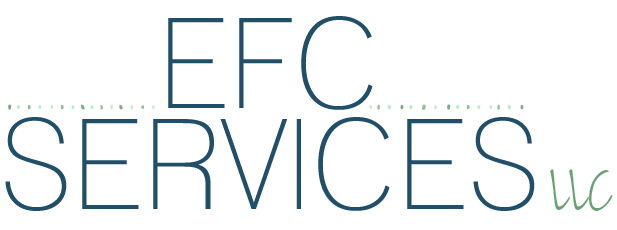
We all know what a hyphen is. It’s that little dash (-) we often see at the end of a line to separate a word or between two or more words to form compound words and modifie. Merriam-Webster defines a hyphen as “a punctuation mark – used especially to divide or to compound words, word elements, or numbers.” (Merriam-Webster’s Collegiate Dictionary Eleventh Edition)
A hyphen used at the end of a line in a book is called a soft hyphen. These hyphens would not appear in the word if it didn’t need to be split to the next line.
I’m writing these sentences to illustrate a soft hyphen. A soft hy-
phen splits a word so it can continue on the next line.
A hard hyphen is one that forms a compound word.
• cul-de-sac
• twenty-three
• two-thirds
• X-ray
Hyphens are also used to form phrasal adjectives. Phrasal adjectives are compound modifiers.
• a much-needed vacation
• a ten-dollar bill
• an open-ended question
As the title of the posts says, these are the basics about hyphens. We will get into more specific uses and rules later.


Join the Conversation